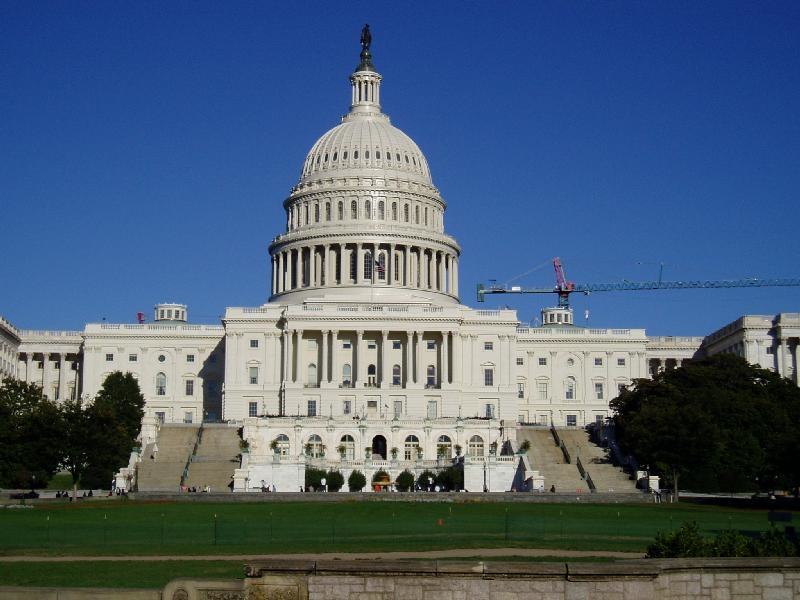
The US Department of Energy (DoE) announced on Wednesday a US$125.5 million package for a range of advanced solar R&D initiatives.
The funding will go towards research focused on grid resiliency, solar-plus-storage, cybersecurity, manufacturing, artificial intelligence, concentrated solar power (CSP) and developing solar with agriculture.
Unlock unlimited access for 12 whole months of distinctive global analysis
Photovoltaics International is now included.
- Regular insight and analysis of the industry’s biggest developments
- In-depth interviews with the industry’s leading figures
- Unlimited digital access to the PV Tech Power journal catalogue
- Unlimited digital access to the Photovoltaics International journal catalogue
- Access to more than 1,000 technical papers
- Discounts on Solar Media’s portfolio of events, in-person and virtual
Or continue reading this article for free
Secretary of Energy Dan Brouillette said: “the research and development supported by this investment will build on the technological foundations necessary to continue the solar industry’s growth and preserve American energy choice, independence, and security. These investments directly support the Trump Administration’s all-of-the-above energy strategy.”
The announcement came the same day that congressional Democrats slammed the administration for holding back more than a third of last year's allocated energy efficiency research funding, and just days after Wood Mackenzie noted that the federal administration's regime of tariffs on solar goods was making utility-scale solar developments 30% more expensive.
Funding for solar-plus-storage, manufacturing, AI, grid resiliency, CSP
Funds will be administered by the DoE's Office of Energy Efficiency and Renewable Energy (EERE).
Up to US$30 million will be channelled towards improving microgrid resiliency, tightening cybersecurity for PV inverters and plants, and developing advanced hybrid plants that “operate collaboratively with other resources for improved reliability and resilience”.
Research dedicated to innovating manufacturing from the prototype to pre-commercial stage will benefit from US$15 million, while US$6.5 million will go towards exploring the colocation of solar and agriculture. Some US$6 million will go towards projects facilitating the discovery of disruptive artificial intelligence applications for solar.
Another US$15 million will back between eight to 12 projects that aim to extend PV system lifecycles and reduce hardware costs for plants reliant on silicon solar cells, as well as thin-film, tandem and perovskite cells.
Some US$39 million is earmarked for one or two test sites dedicated to the commercialisation of carbon dioxide power cycles in low-cost concentrating solar plants (CSP). Another US$5 million will be spread across 15 to 20 projects that advance “innovative and novel” PV and CSP ideas that can yield significant results.
Studies that aim to improve decision-making about solar and emerging technologies like storage by scrutinising how information flows to stakeholders will benefit from US$10 million.
Democrats accuse Energy Department of hoarding clean energy funds
Details of the solar funding package were published the same morning as a hearing focused on EERE’s management and spending challenges where congressional Democrats blasted the government for holding back energy efficiency funds.
In the meeting on Wednesday, House Science and Space Committee Chairman and Democratic Representative Bill Foster noted that the renewables and energy efficiency office neglected to spend US$823 million of allocated funding – or more than a third of its budget – last year.
He said the EERE also cancelled a US$46 million solar research and development grant days before finalists were announced.
“92 applicants submitted proposals to compete for this funding, which was intended to spur innovation in solar energy technologies,” Foster said.
“However, it seems political officials at EERE arbitrarily decided to cancel, rewrite, and reissue the grant, circumventing career staff with decades of experience, at significant cost to the taxpayer.”
Daniel Simmons, assistant secretary for EERE, said at the hearing that the office “fully intends” to utilise its appropriated research funding, which will be carried over into this fiscal year.
Some US$169 million of funding announcements this week dedicated to the R&D of renewables marked “the first time in at least six years that EERE has been able to announce such a large percentage of our FOAs (funding opportunity announcements) so early in the fiscal year,” he said.







